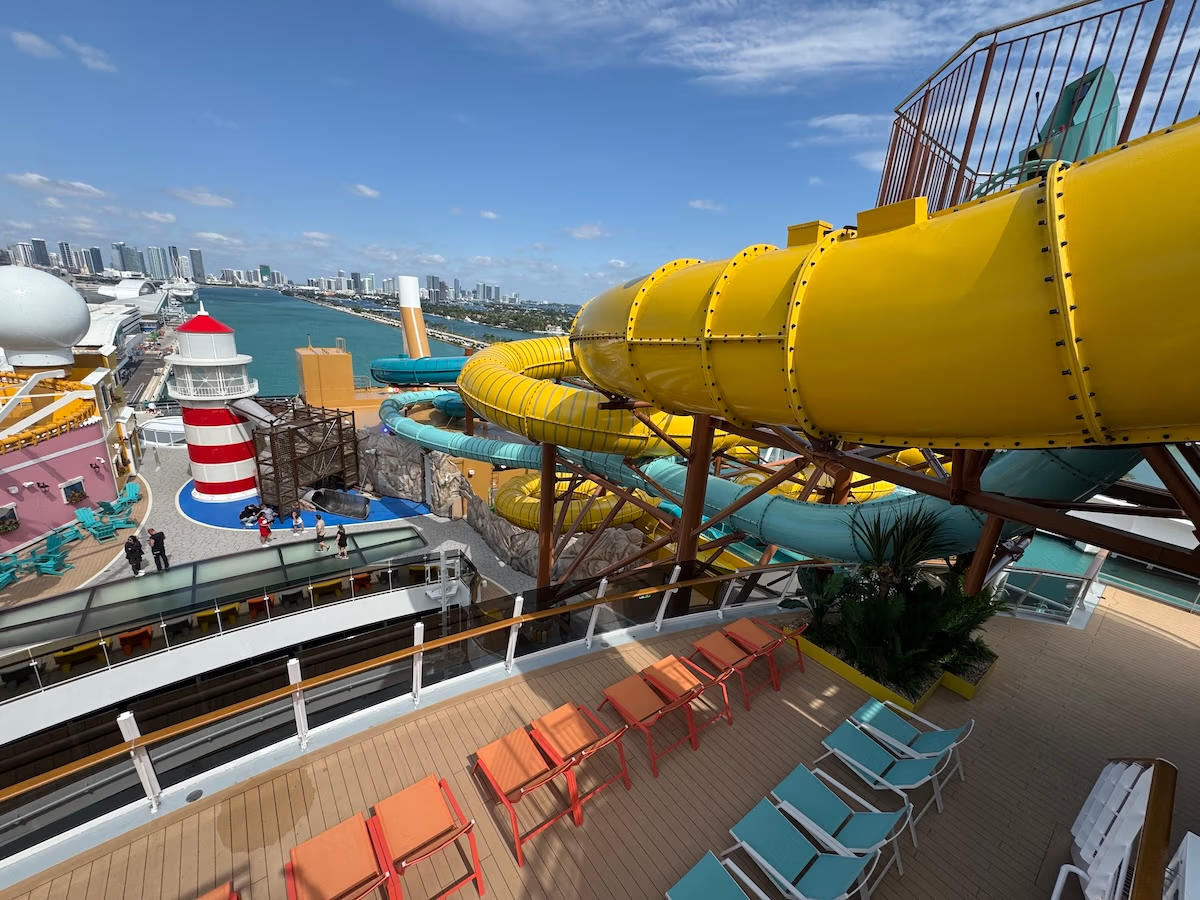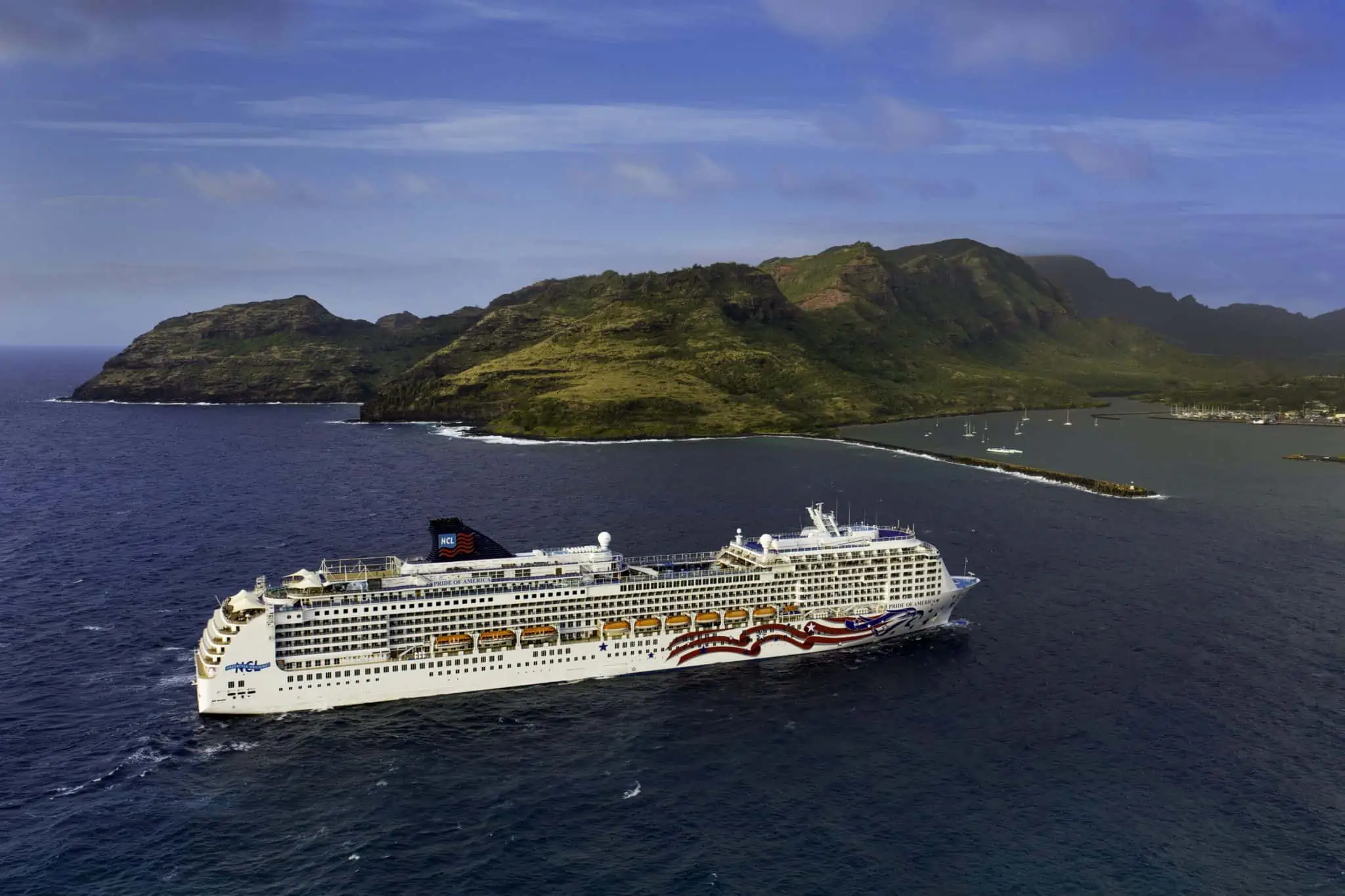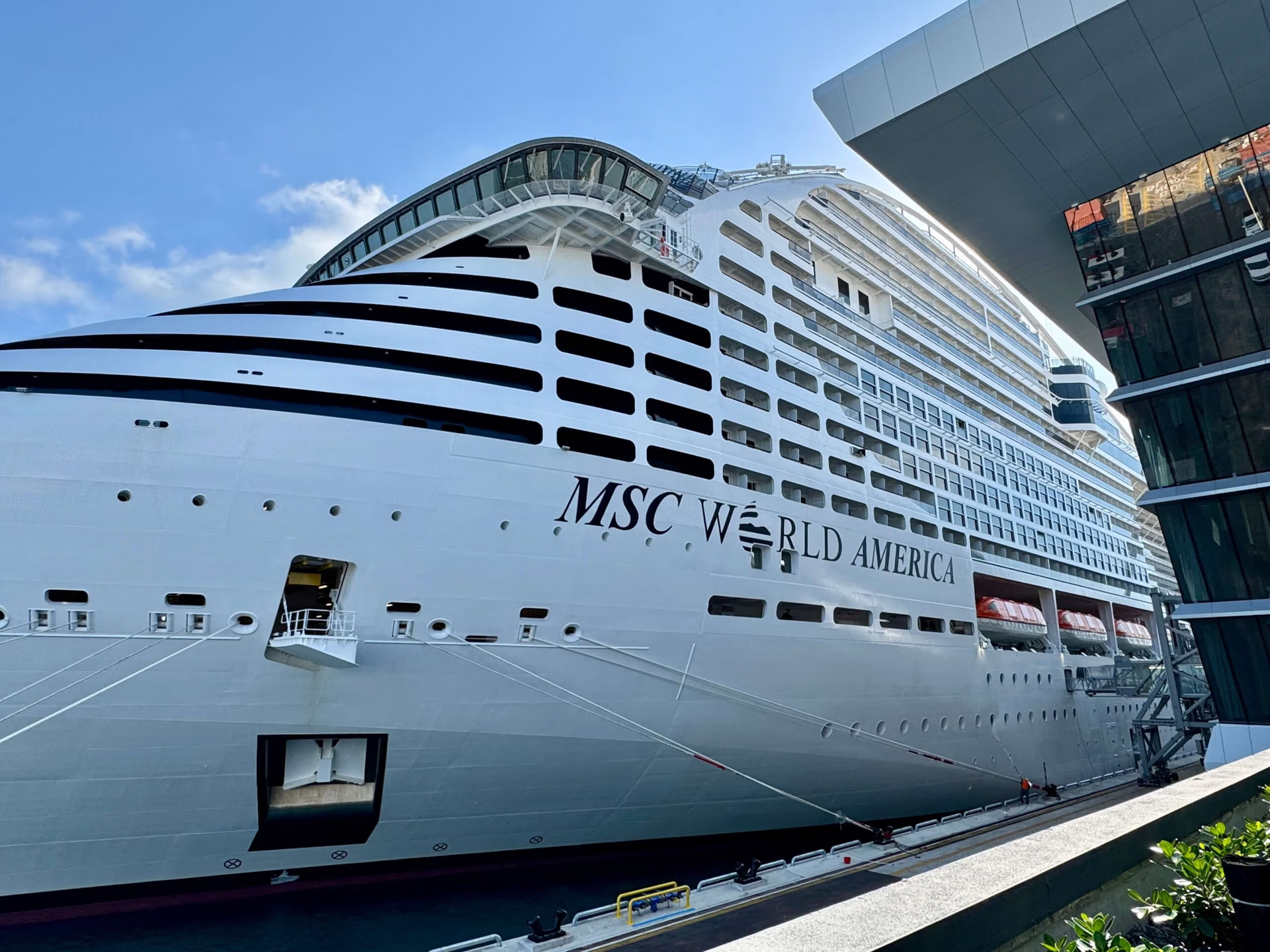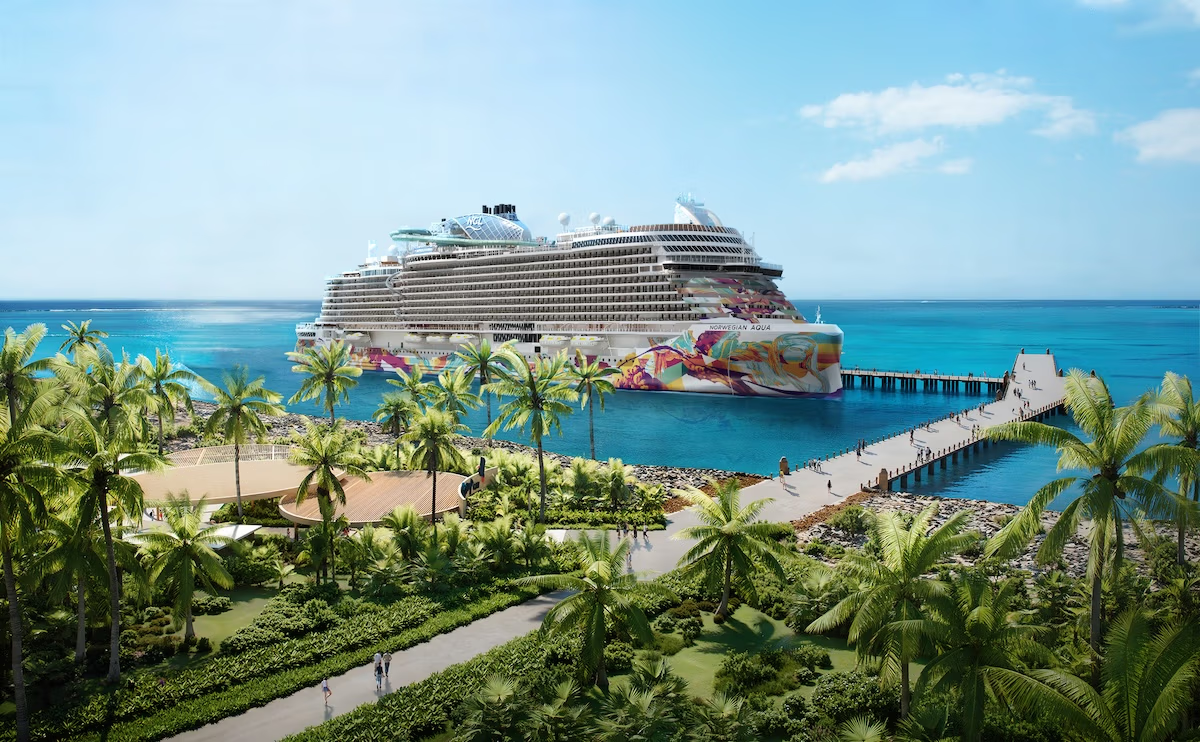It’s estimated that 1.6 billion people gamble worldwide, with the rise in online casinos and the relaxation of gambling legislation making this possible.
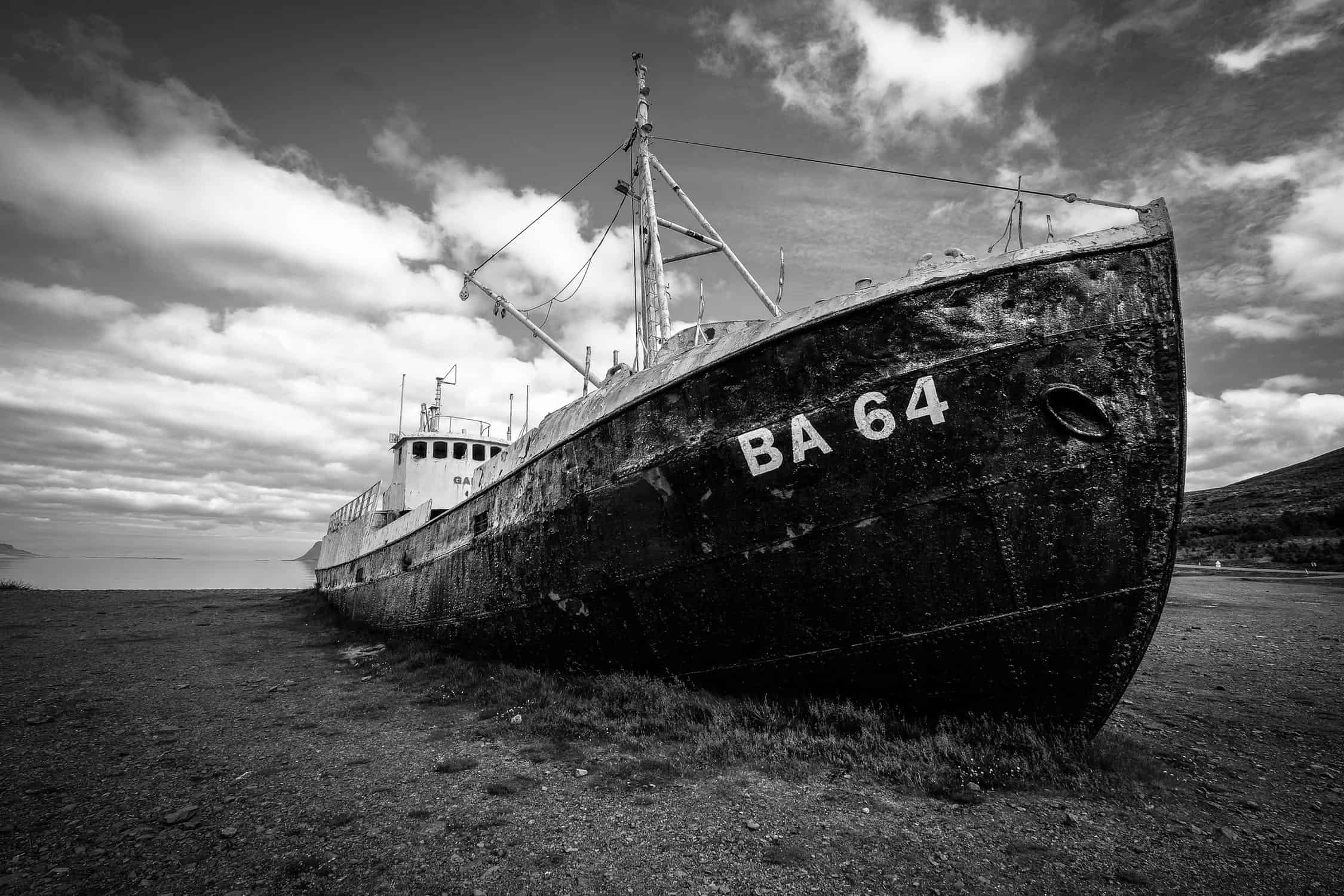
However, gambling has not always been easy, and the U.S. once made it very difficult. Gambling ships were a way for Americans to gamble without breaking the law. Let’s dive into their fascinating history.
READ MORE: Top Entertainment Spots on Carnival Cruises
What are gambling ships?
Gambling ships are one of the most fascinating venues in betting history. They were U.S. barges or large vessels that contained casinos and were used to circumvent gambling legislation. How?
By taking casino gambling out into international waters, allowing people to circumvent gambling bans and bet freely.
These ships were used primarily from the 1920s-1940s, peaking during the Great Depression. They became less popular after the definition of territorial waters was changed from three nautical miles to twelve at the 1982 United Nations Convention on the Law of the Sea.
U.S. law once said that a ship was in international waters once it was more than three miles away from the coastline—this was used from at least the 16th century and is still practiced by some countries in the 21st century.
The result of traveling out into international waters is that no nation’s law prevailed, meaning people were free to do as they pleased.
Why did people use gambling ships?
There’s an extremely simple answer to the question of why people used gambling ships – gambling was illegal in many U.S. states during the 1920s, 1930s, and 1940s but that didn’t stop people from wanting to gamble.
Not wanting to get caught gambling illegally and serve jail time, people sought creative solutions to bypass state gambling laws. One of the most popular was to gamble at sea, where there was no U.S. law, so people used gambling ships.
Gambling law in the US is determined on a state-by-state basis, meaning it can be different for each state in America – in contrast to countries like the UK, where each region follows the same legislation.
In present America, only two states (Hawaii and Utah) have a full ban on live gambling. However, online casinos mean that US gamblers can enjoy their favorite games, making it worthwhile for them to pick up some roulette tips or blackjack tricks.
Famous gambling ships
Gambling ships enjoyed a short, but popular existence in U.S. betting history. However, their heyday was long enough for there to be some famous vessels that Americans gambled at. Some of the most well-known gambling ships include:
- S.S. Rex
- S.S. Lux
- S.S. Tango
- S.S. Texas
- Monfalcone
- Rose Isle
- Casino
Many of these ships were either run by or had links to organized crime gangs, with figures such as Anthony Cornero (a bootlegger and gambler prominent from the 1920s to the 1950s) renowned for operating gambling ships.
Gambling ships were a way for Americans to gamble in states which made the practice illegal.
With most states now allowing live gambling, all making it possible to bet online, and the three-mile nautical limit no longer in operation, gambling ships are now just a fascinating part of the history of U.S. betting.


